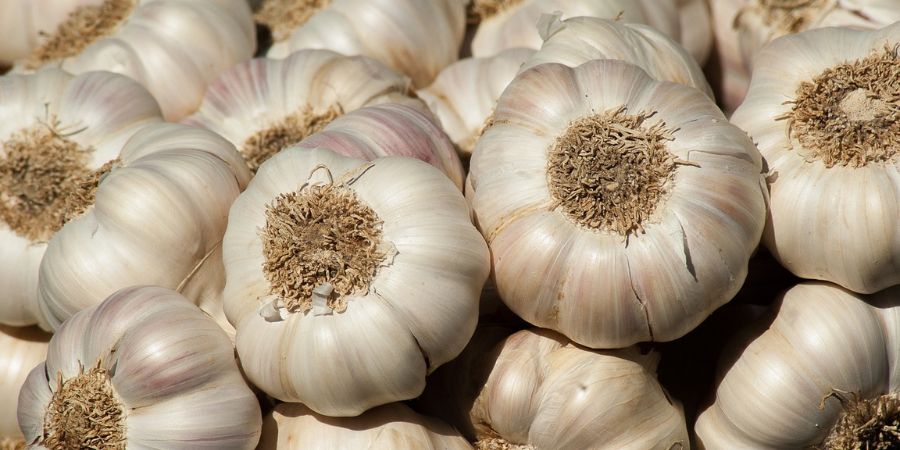Whether you’re a seasoned gardener or a novice, our guide is tailored to cover every aspect of the garlic cultivation process, empowering you to create a thriving garlic haven in the midst of Minnesota’s diverse weather patterns. Let the aromatic allure of homegrown garlic enhance your culinary endeavors and join us on this enriching journey toward homegrown garlic success in the distinctive climate of Minnesota. From choosing the right varieties to mastering planting techniques, we’ve got you covered on the path to homegrown garlic success.
Selecting the Right Garlic Varieties
Opt for hardneck varieties like Rocambole or Porcelain, which tend to perform well in colder climates. Consider local favorites or varieties with a shorter growing season for better adaptation to Minnesota’s changing weather.
Choosing the Perfect Planting Time
Ideally plant garlic in the fall, between late September and mid-October, allowing the bulbs to establish strong roots before winter. Aim to plant at least a few weeks before the ground freezes to ensure proper development. Fall planting provides key advantages for successful garlic cultivation. With the establishment of a robust root system before winter, fall-planted cloves develop larger, flavorful bulbs due to the chilling period. Early spring emergence takes advantage of warmer temperatures, while increased cold tolerance is fostered by exposure to decreasing winter temperatures. The process also naturally reduces disease risks through winter curing. Optimal soil preparation and time-saving benefits make fall an ideal period for planting garlic, ensuring a successful and plentiful harvest.
Shop all of Applewood Nursery & Landscape Supply Plants Here!
Preparing the Planting Site
Select a well-drained area with full sunlight exposure. Improve soil fertility by adding compost or well-rotted manure to enhance garlic growth.
Planting Garlic Bulbs
Break the garlic bulb into individual cloves, ensuring each clove has a firm, healthy appearance. Plant cloves about 2 inches deep with the pointed end facing upward. Space the cloves 4-6 inches apart in rows, leaving at least 12 inches between rows.
Mulching for Winter Protection
Apply a layer of straw or mulch over the planted garlic to protect it from extreme winter temperatures and temperature fluctuations. Mulching helps retain moisture, suppress weeds, and insulate the soil.
Providing Adequate Watering
Water newly planted garlic thoroughly to settle the soil around the cloves. Keep the soil consistently moist but not waterlogged, especially during dry spells.
Fertilizing for Optimal Growth
Apply a balanced fertilizer in the spring to support healthy garlic growth. Avoid excessive nitrogen, which can result in lush foliage at the expense of bulb development.
Monitoring and Harvesting
Keep an eye on your garlic throughout the growing season, watching for pests or diseases. Harvest when the lower leaves turn yellow, usually in late June to early July. Allow bulbs to cure in a shaded, well-ventilated area for a few weeks.
By following these step-by-step guidelines, you can embark on a successful garlic-growing journey right in the heart of Minnesota. From selecting the right varieties to mastering planting techniques, your homegrown garlic is sure to bring a burst of flavor to your culinary creations. Happy planting!
Shop all of Applewood Nursery & Landscape Supply Plants Here!

